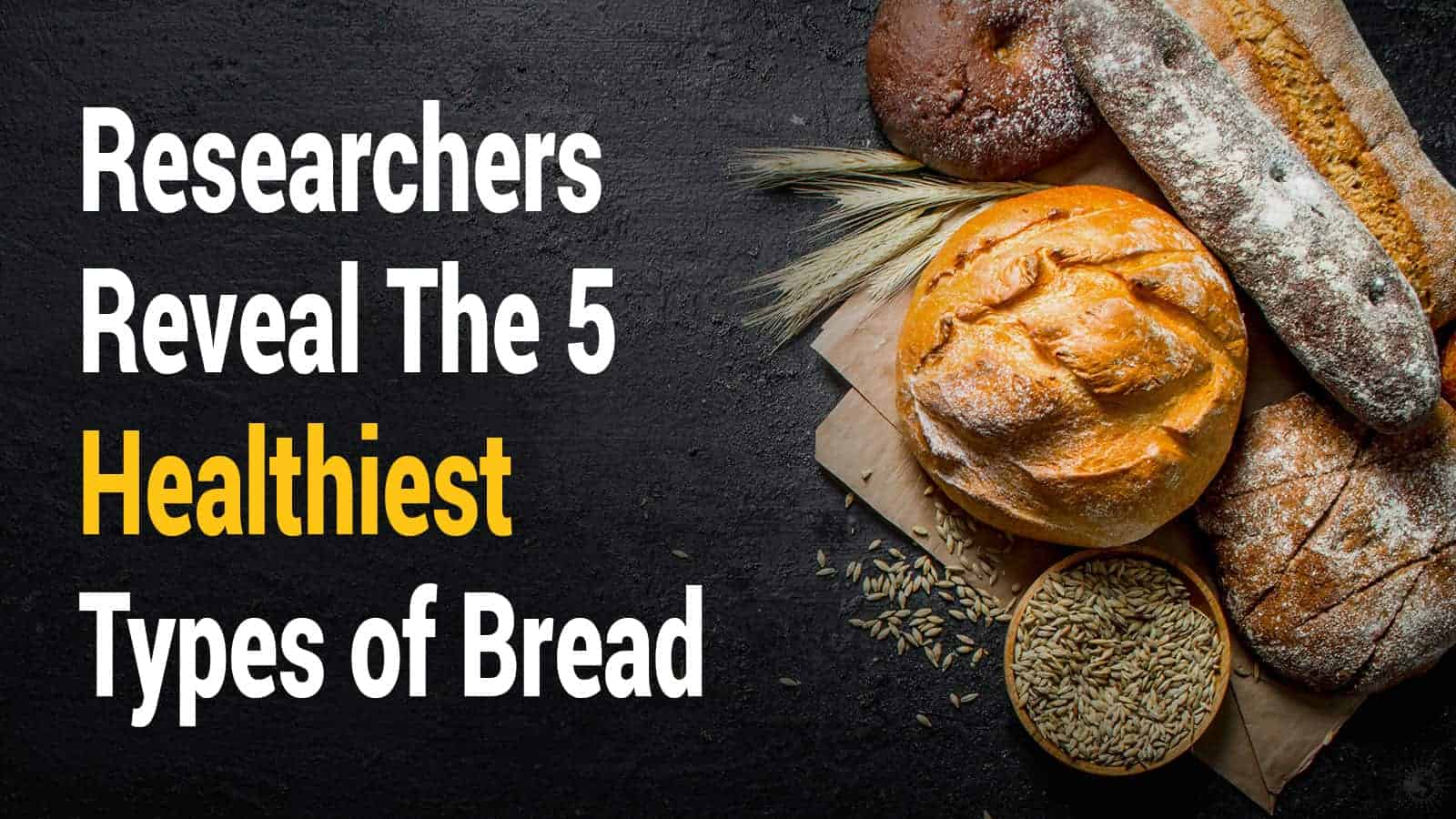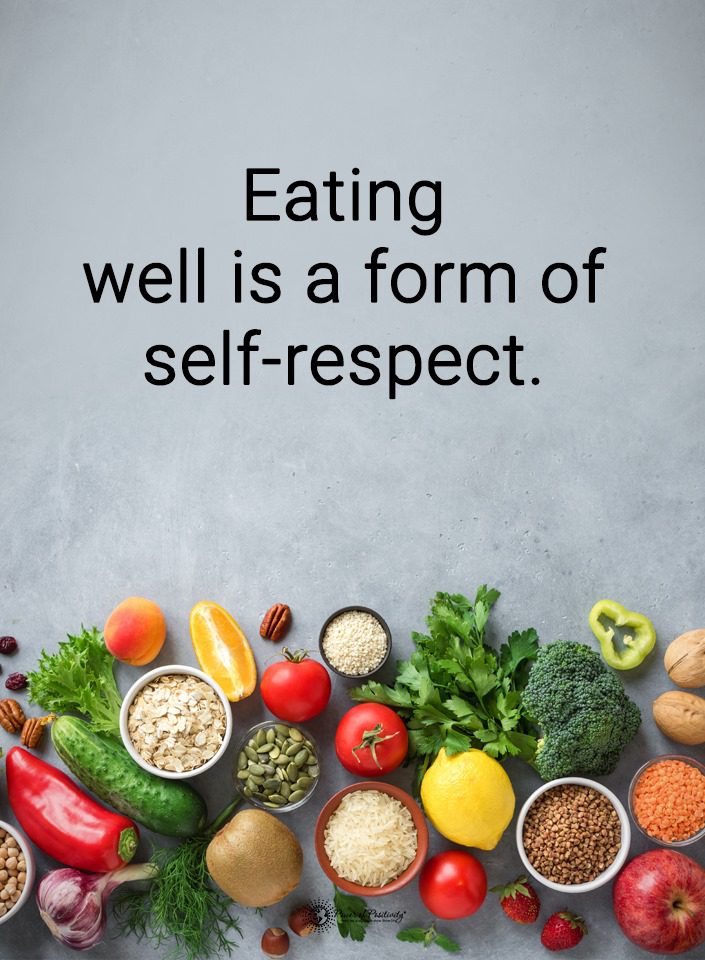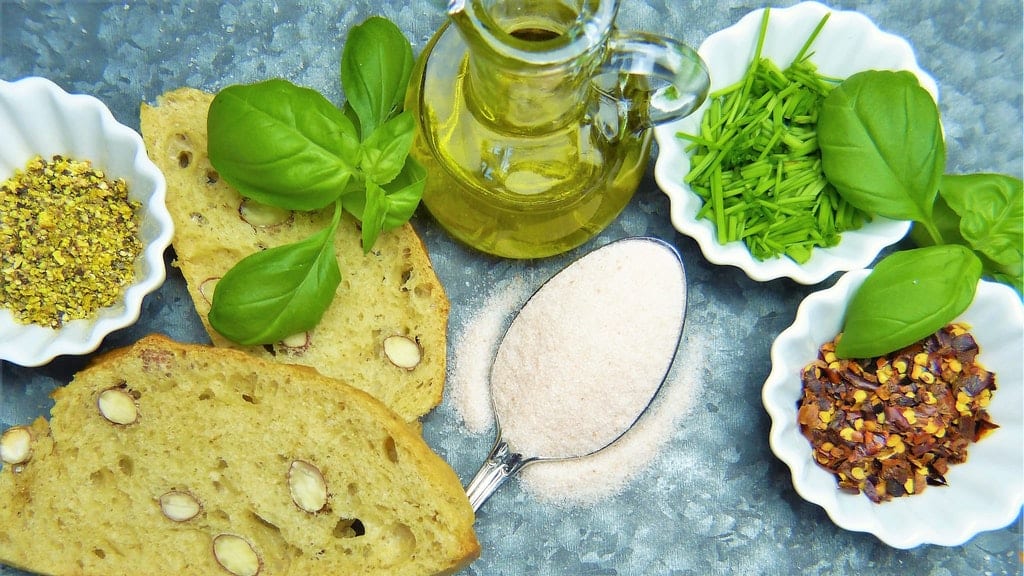There is nothing like the smell and taste of freshly baked bread – the aroma as it comes out of the oven, how the butter glides across as it melts from the warmth, the thin but crispy crust, and the softness of the center as it seemingly dissolves in your mouth. The types of bread available are widely varied, and you almost certainly have a fave.
Maybe you prefer the meatier bread that allows you to savor the nutty texture with a slightly thicker crust. Whichever your preference, bread is a staple in everyone’s household, so much so that, according to Statista, 91.4 million tons were consumed worldwide in 2017.
Yet, do we know which type is the healthiest for us? Researchers reveal the five healthiest types of bread we can eat.
A brief history of bread
Breadmaking has come a long way from its origins. The furthest back we have found evidence of bread is about 14,500 years ago, roughly 4,000 years before man started settling down and planting crops. Archeologists in northeast Jordan made this discovery.
The bread consisted of ground roots, wild wheat, and barley. The roots would have been flattened and dried and then ground with the wheat and barley before mixing with water. The mixture was crushed into a flatbread and then cooked on heated rocks.
The variety of bread that we know today first originated in Greece. Hippocrates referenced bread of multiple flours with nuts, seeds, and cheese, some with or without yeast. He apparently spoke of 72 different types of breads. In Greece, the wealthier people ate bread made of wheat, while the poor ate it made with barley.
Egyptians began the custom of kneading bread with their feet, a tradition that carried over to Greece and Europe. It wasn’t until the second century of AD that bakeries existed in Greece. Among the dozens of types of bread made, there is even reference to semolina bread, bread in which the flour has been sifted to a fine consistency. The Greeks later passed on their knowledge to the Romans, who revolutionized the bakery industry.
Getting to the grit about the different grains
When choosing a favorite bread, one of the significant factors is the texture, or what I call the “grit.” Some people may remember when Wonder Bread came onto the market. Its big upsell that made it so famous is its soft consistency. There was no grittiness or nuttiness to it, which appealed to many people, especially children.
It did make the best PB&J sandwiches! What made it so soft compared to the bread before that? It had been processed, removing all the heart of the wheat grain.
There are three layers to the wheat used to make most flour.
- Bran is the section that makes up the heavy fiber content
- Germ is the section that contains the majority of the nutrients
- Endosperm is the section that contains the starch
Through processing, manufacturers could rid the wheat of the bran and germ, making bread have a gritty texture. That just left the endosperm, which is much softer since it contains no fiber.
This part of the grain also becomes digested and converted most easily in our body to sugar or fat. To make up for the removed natural nutrients, bread made with processed wheat flour has been fortified with added folic acid, vitamins, and minerals. This type of bread is most commonly called “white bread.”
In addition to white bread, there are six other methods of using the grain to make bread:
White whole wheat bread
This is made from a variation of the usual wheat grain called albino whole wheat. It naturally has a lighter color and softer texture than typical wheat. It still contains the fiber and nutrients of all the parts of wheat, so it is a healthy alternative to white bread, especially if you prefer the softness.
Wheat bread
This type of bread is made similarly to white bread, but the flour hasn’t been bleached to give it a white color. Wheat bread is made with wheat flour, as many breads are. This version has been processed as well.
Whole Wheat Bread
Whole wheat bread is made with all the sections of the wheat grain: the bran, germ, and endosperm. It is made entirely of wheat grain, without other grains added. Since it contains all the grain, it is the healthier version of wheat bread.
Whole Grain Bread
This bread is just like whole wheat bread but contains multiple different grains. These additional grains may be oats, barley, brown rice, or other grains. Whole wheat bread is a whole-grain bread, but not the only type. Just like whole wheat bread, the whole grain contains all the fiber and nutrients from the wheat.
Multigrain bread
This kind of bread can be deceptive. By its name, you would think it was just like whole-grain bread, but that isn’t necessarily so. Multigrain bread does contain different grains. However, you must read the ingredients to know if they have been processed or not. If the ingredients state “bleached” or “enriched,” then the grains were processed, lacking their natural benefits.
Sprouted Grain Bread
Sprouted grain bread is basically as it sounds. Various grains are moistened to allow them to sprout before baking with them. Many believe it is the best way for our bodies to absorb the most nutrients and break down the carbohydrates during digestion. This version also uses the entirety of the grain in its manufacturing.
Which bread is above the grain in health?
How many breads can you think of off the top of your head? There are bagels, pita bread, flatbread, sourdough, pumpernickel, rye, and I’m sure the list could go on, especially if you start adding fruits, nuts or herbs, and spices. There is a loaf of bread for everyone.
While there are dozens of delicious breads, sadly, they are unhealthy for us. In moderation, it’s okay, but for eating daily, you may want to ensure you get all the nutrients and fiber you deserve from your bread. Researchers have revealed the top 5 healthiest types of bread:
1. Sprouted Whole Grain Bread
Varieties such as Ezekiel bread are considered one of the most nutritional breads with high fiber. Sprouting increases the nutritional values, their available use for the body, and the number of antioxidants. It also uses multiple grains, each with its nutritional makeup.
Sprouting the grains decreases their starch content and contains fewer carbohydrates. The higher fiber content also means it is broken down slowly and, therefore, doesn’t convert to sugar quickly, so your body is better able to use it. This makes it ideal for diabetics.
2. Whole Wheat Sourdough Bread
This is a unique bread in that it uses bacteria to cause fermentation with the natural yeast for it to rise. You may be familiar with the benefits of fermentation vegetables, such as sauerkraut. Fermentation in bread also has many of the same benefits, such as:
- Reduces elements that decrease the absorption of certain nutrients. These elements are called phytates.
- It contains probiotics, which are suitable for our gut health and may aid digestion.
- The probiotics slow the digestion of the starches, which aids in keeping the sugar from being released too quickly.
While sourdough can be made from processed white flour, it will suffer the same disadvantages of less nutrition and fiber. You will still reap the rewards from the fermentation, but choose the whole wheat sourdough for the healthiest version.
3. Rye Bread
Rye bread is another highly nutritional grain next to wheat. It does contain some additional calcium and iron in comparison. Depending on how it is manufactured, it can be dark or light rye. You must review the ingredients, as some rye can include processed flour. You may find rye bread described as whole-grain rye or sprouted rye. This is the type without processed flour.
Rye bread has been found to reduce your insulin response. Insulin, while necessary, when released too often, can lead to being overweight and diabetes type 2.
4. 100% Whole Wheat Bread
This is probably the most recognized variety. It does differ from wheat bread, as mentioned above. 100% whole wheat uses the entirety of the wheat grain, thereby gaining all the nutrients and fiber. Avoid 100% whole wheat with sugar or corn syrup as one of its first ingredients, and you have a winner in helping to prevent type 2 diabetes and heart disease and potentially aid in preventing some cancers.
5. Flax Bread
Flax bread is definitely one of the big winners in healthiness. This bread contains whole grains and flaxseeds. Flaxseeds are an excellent source of omega-3s and protein. Omega-3 is potentially a cancer deterrent and has also been linked to preventing heart attacks. Ideally, good flax bread should not contain many ingredients and only whole grains and flax, not processed flour. Make sure to double-check before picking it up.
Choosing a good bread for our meals can be what “makes” the meal. Finding that balance between healthy and delicious can be difficult, but it becomes much more manageable when you know what to look for. A healthy bread should always have three or more grams of fiber. Additionally, it should be low in sugar and doesn’t need to be fortified.
Final Thoughts of the Healthiest Types of Bread
Bread, a staple in many diets worldwide, comes in diverse flavors, textures, and nutritional profiles. While the sheer variety can be overwhelming, it’s crucial to discern the healthiest options for consistent consumption. Sprouted whole grain, whole wheat sourdough, rye, 100% whole wheat, and flax bread are at the top of the list in the quest for nutrition and taste. Each offers unique health benefits, from supporting digestion to preventing chronic diseases. When choosing a loaf, prioritize breads rich in fiber, low in sugar, and free from unnecessary fortifications. Ultimately, making informed choices allows us to indulge in bread without compromising our health.
Which of these five healthiest loaves of bread are your favorites? Leave any recommendations in the comment section. We’d love to see them! Also, comment if there are any of these you are considering trying.




















